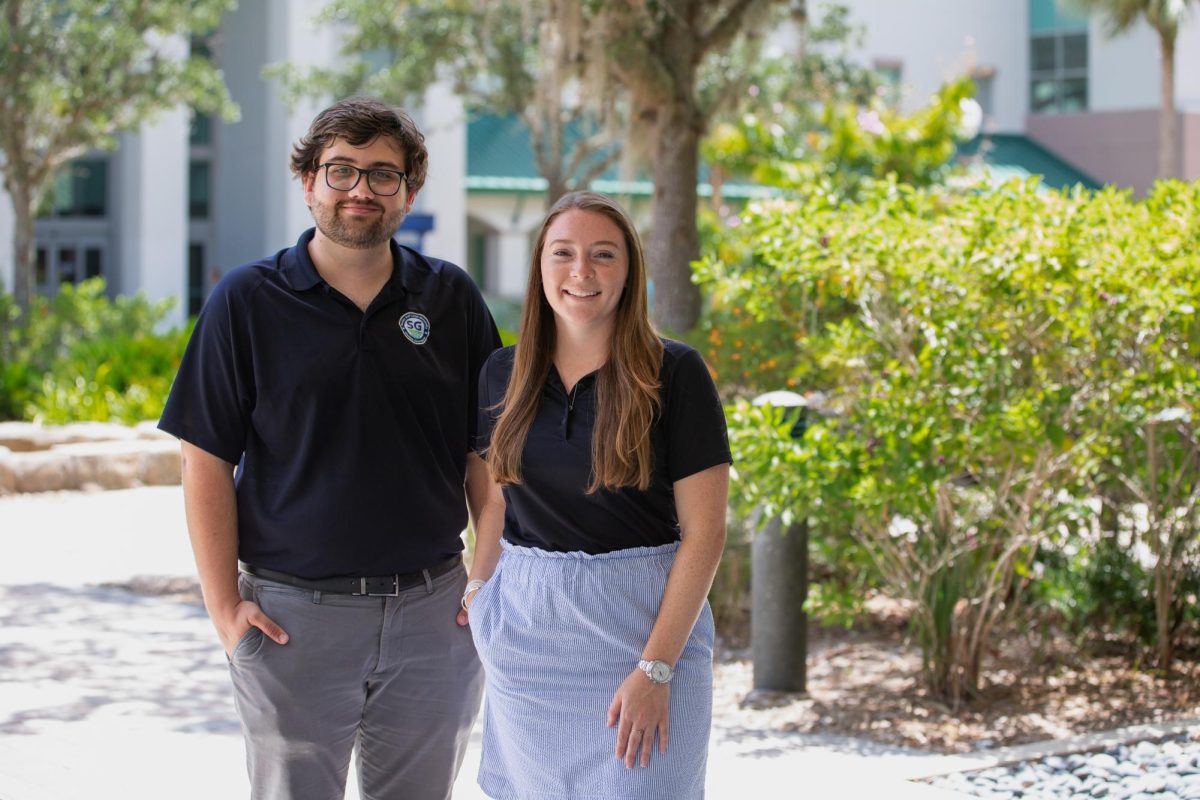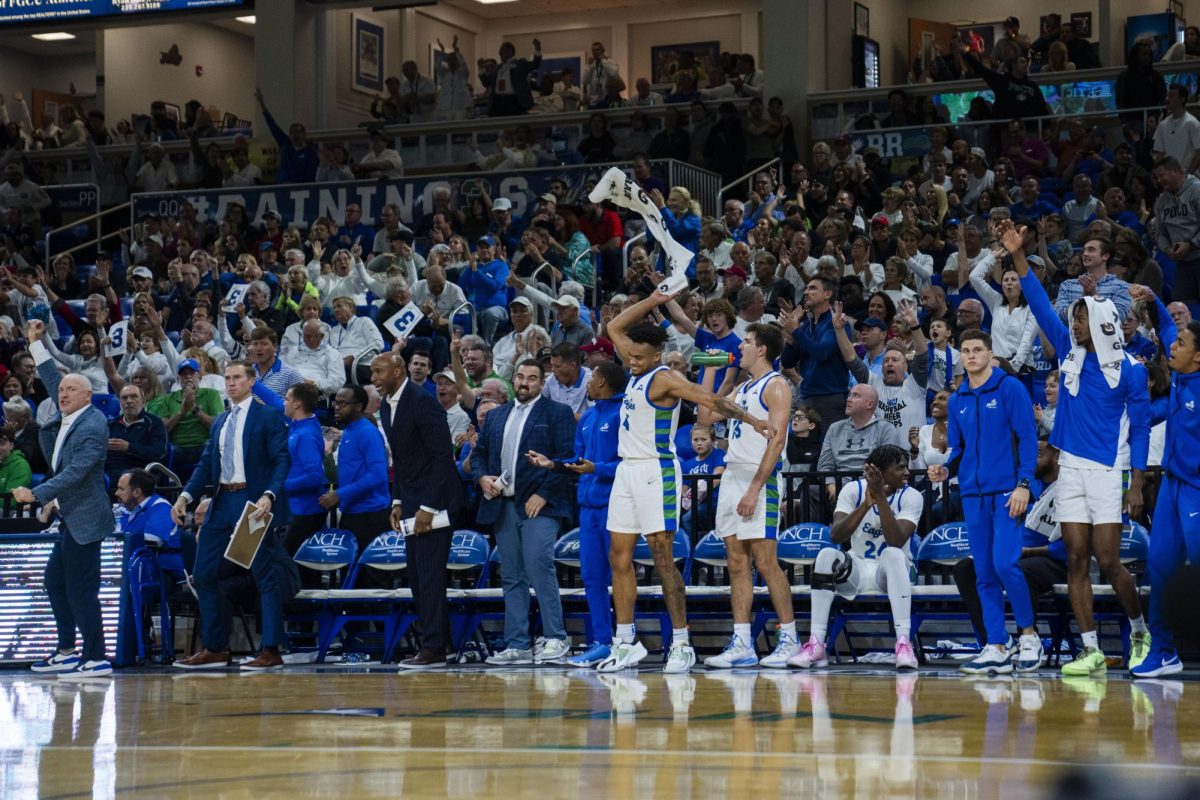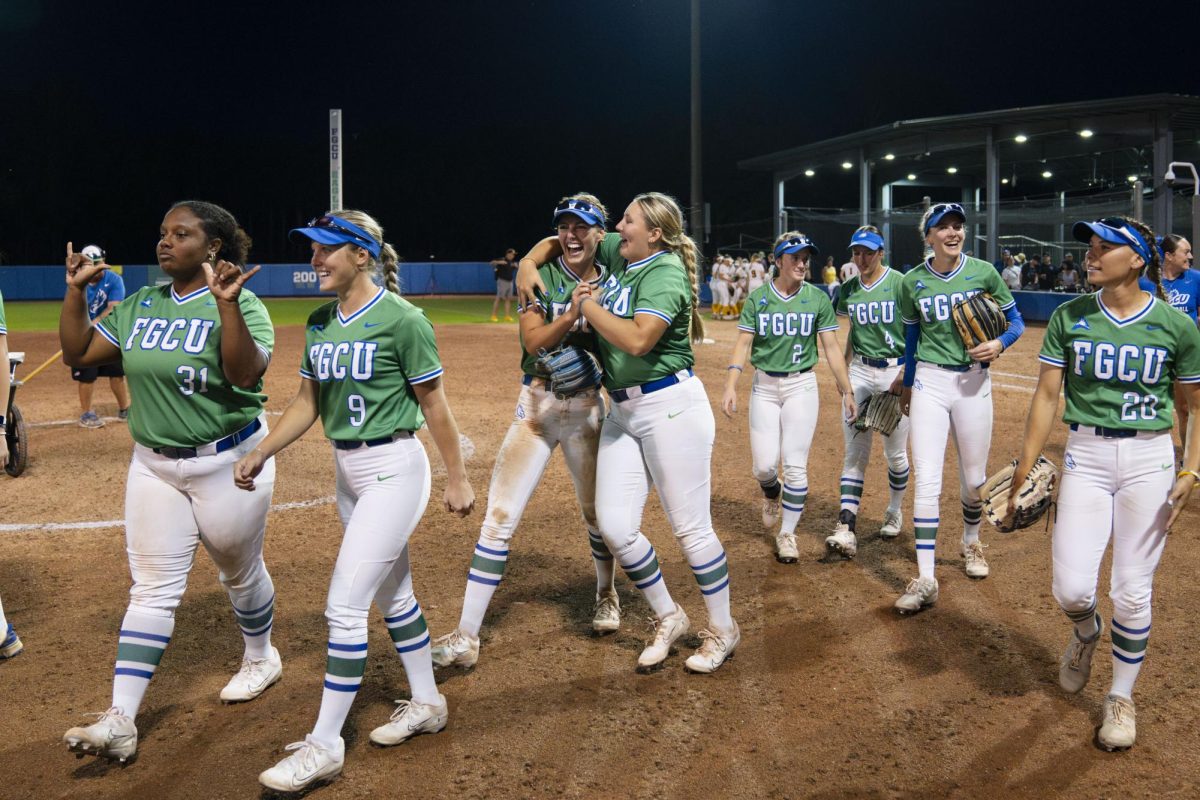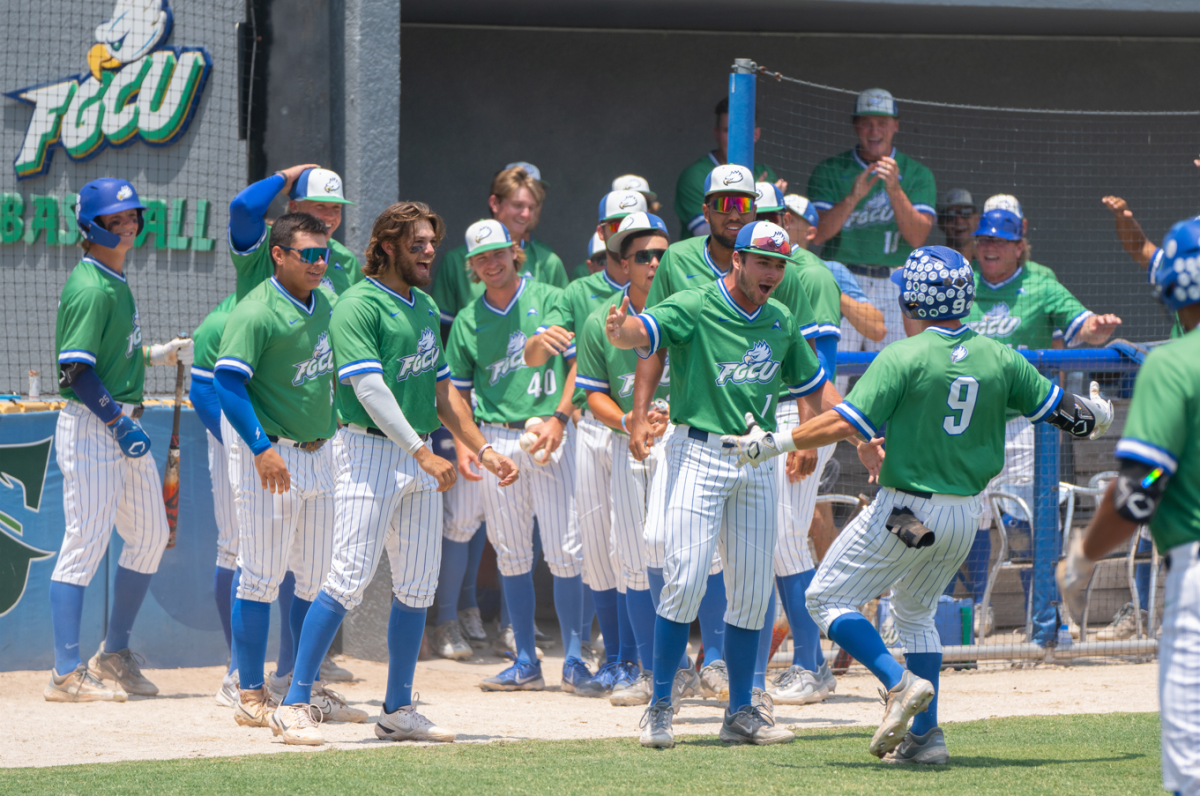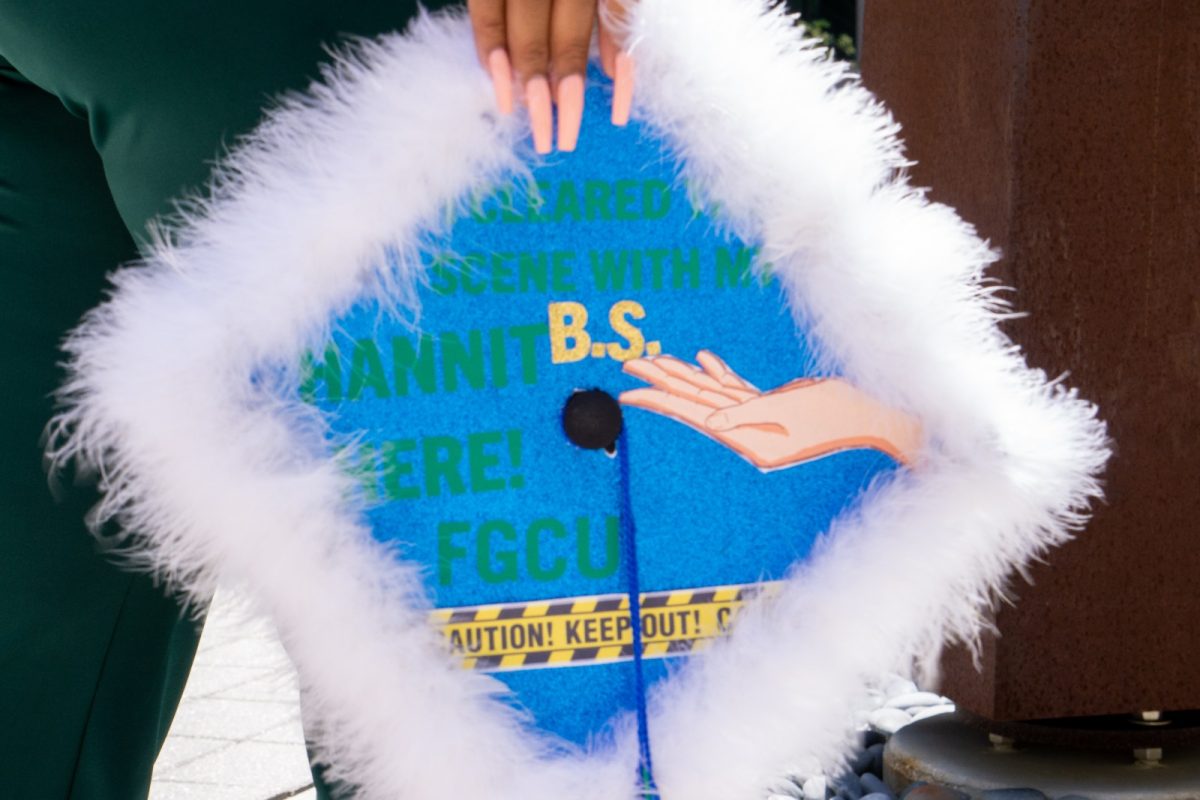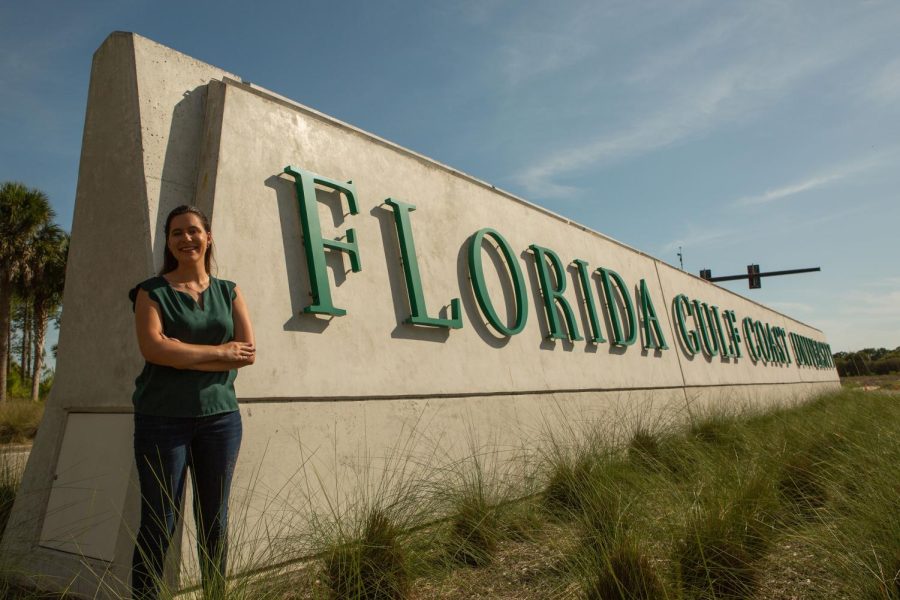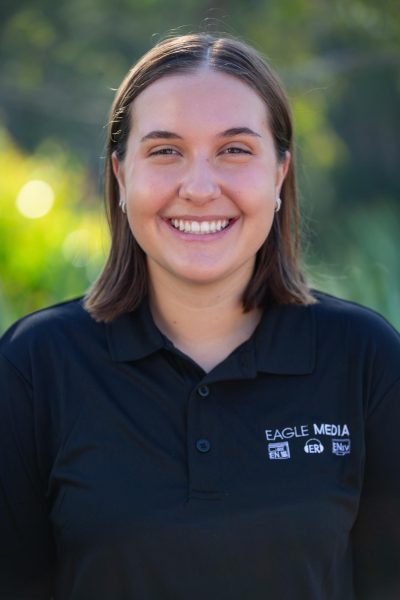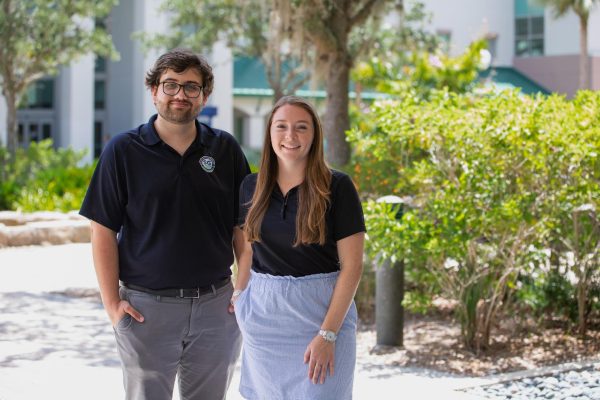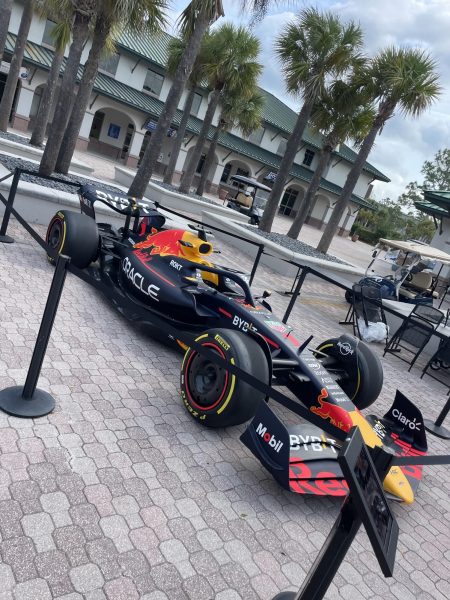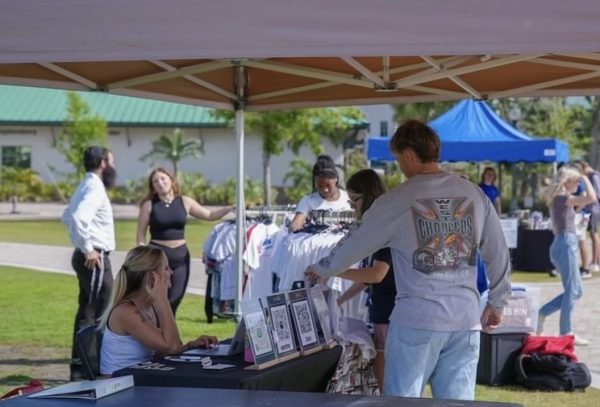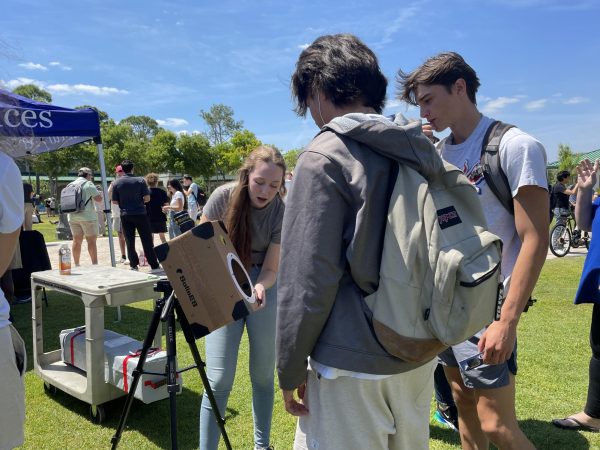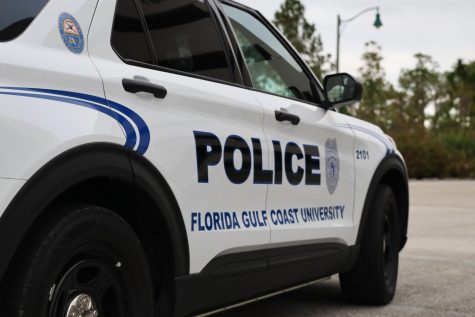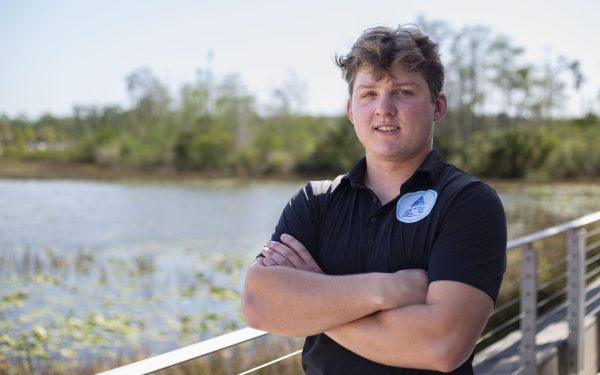25 years at FGCU: A digital history project
May 9, 2022
Living in 2022, digital history is a thing of the future. This year was FGCU’s 25th anniversary and one student here thought it was important to showcase that history digitally.
FGCU history and accounting graduate Katey Ryan was the student that took on this vast project. Digital history is a subsection of the broader field, digital humanities.
“For my digital humanities project I wanted to highlight FGCU’s history, as large parts of the university’s history hadn’t been documented,” Ryan said. “My guiding questions were: what were administrators focused on? What were students focused on? How did students, faculty, and staff work together? How did FGCU interact with the Southwest Florida Community? I also wanted to differentiate the way in which I presented stories by providing different levels of engagement.”
The idea first came about when pitching the idea of highlighting student and alumni portfolios to the Provost’s Office. Dr. Terumi Rafferty-Osaki mentioned that the ArcGIS StoryMap software would also provide an interesting platform to highlight the 25th anniversary. The provost thought it was interesting and provided funding for a student.
Dr. Rafferty-Osaki recommended Ryan for the position because he had worked with Ryan as a history student and fellowship applicant over the course of a year. Ryan’s thesis chair and FGCU’s Assistant Professor of History, Dr. Rowan Steineker, also oversaw the entirety of the project.
ArcGIS StoryMap, a software suite that is known for its mapping services, is the software Ryan used to build the project.
“This has been an incredibly valuable experience for me,” Ryan said. “It is uncommon that undergrads are given this kind of an opportunity, to work on a digital and public history setting with this much freedom to write on their given subject. I have learned a lot and really had the opportunity to practice all of the skills I learned in my undergraduate classes.”
The project will include four sections. The first section of each website goes through three to four stories, providing a mid-range level of interaction. The second section provides facts with an introductory level of engagement. The third section features alumni and takes viewers through an in depth map tour of an alumni’s life, giving a high level of interaction. Finally, the most immersive section is the “share your story” section where viewers are asked to contribute their own experiences at FGCU.
“Setting out on this project, I hoped to share more about FGCU with the community,” Ryan said. “I think that now it is on a live website and it is getting views I have achieved my goal. I also found it very rewarding to hear back from the alums after I published their stories. They were so kind, and I really appreciate them letting me share part of their lives with the community.”
This digital history project will forever be intertwined into the web, so FGCU’s history can be viewed and appreciated for generations to come.
Anyone can view the project with this link: linktr.ee/25yearsatfgcu.


